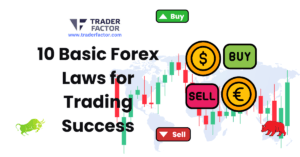While you might think that setting a pip target is arbitrary or excessively risky, it’s actually a crucial aspect of your forex trading strategy. As a trader, you must understand how to calculate and set your pip targets to maximize your profits and minimize your losses.
But how do you decide how many pips should be taken as profit in each trade? It’s a delicate balance that involves assessing your risk tolerance, analyzing market conditions, and applying sound trading principles. Stick around, and you’ll find out how to navigate this tricky but essential aspect of forex trading.
Table of Contents
ToggleUnderstanding the Concept of Pips
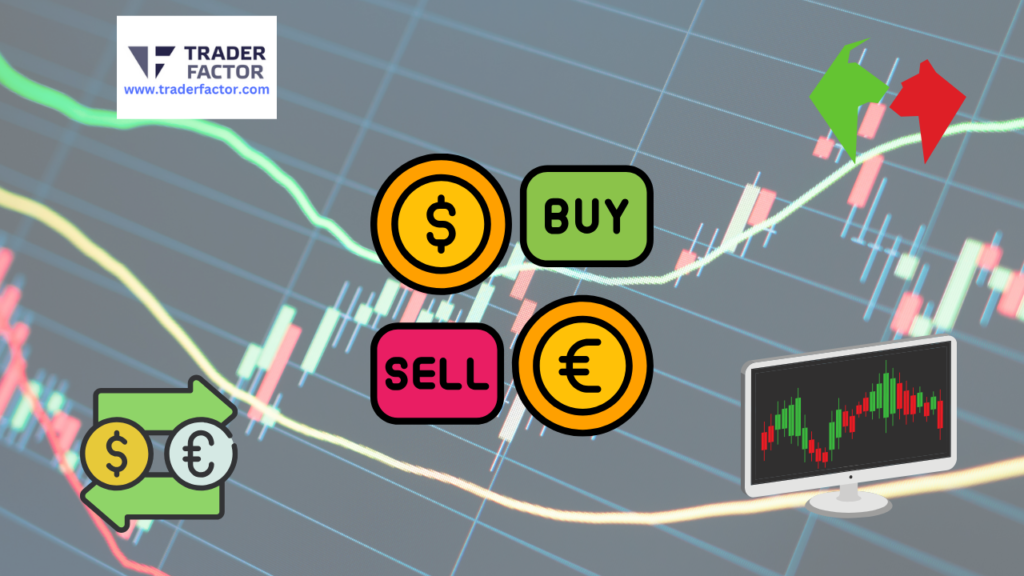
Before you dive into the world of forex trading, it’s crucial to grasp the concept of ‘Pips’, the heartbeat of currency market movements. A pip represents the smallest move a currency pair can make. It’s usually the last decimal point in a quotation and is equivalent to 1/100th of 1% or one basis point. Now, you’re probably wondering about ‘Pip Variations’, aren’t you?
Most major currency pairs are priced to four decimal places, with a pip being the last of those four. However, there’s a variation for pairs involving the Japanese yen, where a pip is the second decimal point. It’s crucial to understand these variations as they impact your trading strategy.

‘Pip Value‘ is another key term you’ll come across. It’s the value attributed to each pip in terms of the trading currency. The pip value changes based on the pair you’re trading and the size of your trade. Remember, understanding the pip value helps you calculate your potential profits or losses. So, before you jump into trading, make sure you know your pips!
Why Pips Matter in Forex Trading
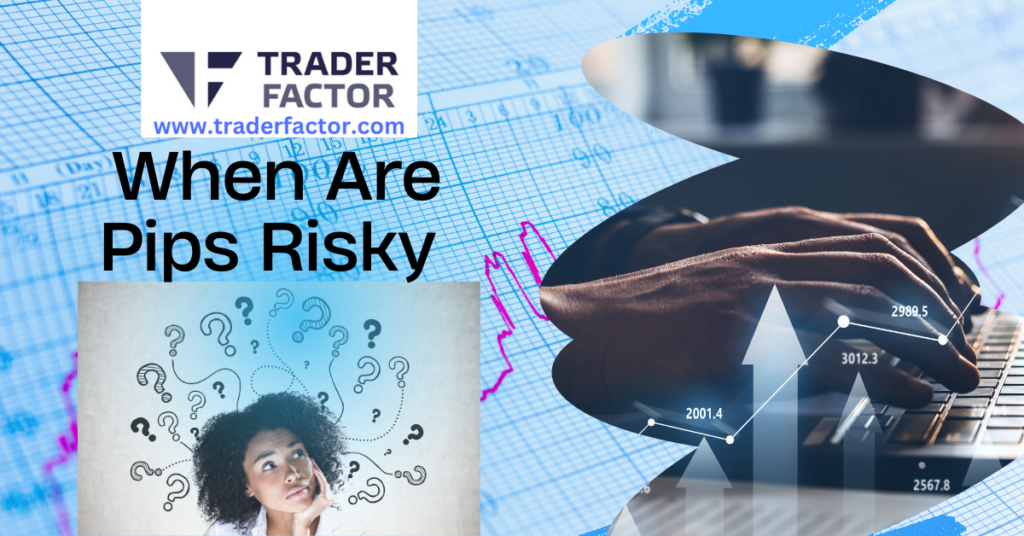
In the realm of forex trading, understanding the importance of pips can significantly enhance your strategic decisions and potential profits. Pips are the heartbeat of the forex market, dictating the rise and fall of currency pairs. Yet, their significance lies beyond this simple role.
Pips are integral to the following aspects:

- Pip Value Variation: The value of a pip can vary depending on the size of your trade and the currency pair you’re trading. It’s this variation that can make a difference in your profits or losses. So, you’re not just measuring market movements, you’re also gauging potential profit or loss.
- Forex Pip Spreads: This is the difference between the bid price and the ask price. The spread is how brokers make their money. The tighter the spread, the less you’re paying in fees. Understanding this can help you choose the right broker and maximize your profit.
- Risk Management: By calculating the pip value, you can effectively manage your risk. This can prevent you from overexposing your account and keep your trading venture afloat.
Illustrating Profit in Pips
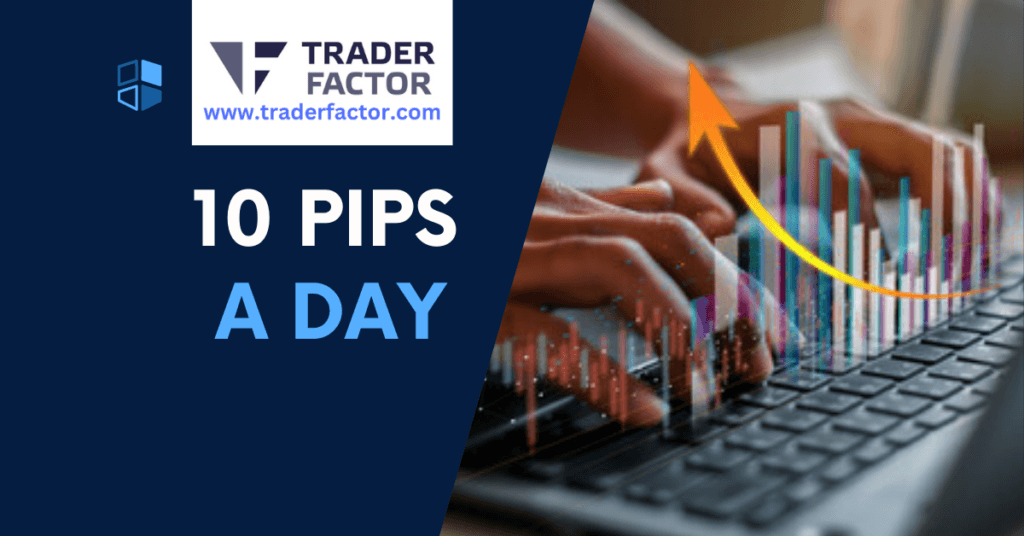
Let’s delve into how you can calculate your profit in pips, a crucial skill that’ll drive your forex trading success. Pip value calculation is an essential part of this process. By leveraging pips, you’re essentially controlling your profit margins.
Let’s consider a simple table:
| Number of Pips | Pip Value | Profit |
| 20 | $10 | $200 |
| 50 | $10 | $500 |
| 100 | $10 | $1000 |
| 150 | $10 | $1500 |
| 200 | $10 | $2000 |

In this table, you’re making trades with a pip value of $10. If you gain 20 pips on a trade, your profit is $200. If you lose 100 pips, you’re down $1000. This simple calculation can help you manage your risks and set clear profit targets.
Strategies for Setting Pip Targets

Setting pip targets strategically can significantly boost your forex trading performance and profits. You might be wondering, “How do I do this?” Well, no worries. Here are three strategies to help you set pip targets effectively:
Understand Pip Variability:
Pip variability isn’t constant. It can change based on market conditions. Recognizing this can help you adjust your targets accordingly and avoid unnecessary losses.

Make Regular Target Adjustments:
Don’t set and forget your targets. Monitor market trends and adjust your pip targets to maximize profit potential.
Align Targets with Risk Tolerance:
Never risk more than you’re willing to lose. By aligning your pip targets with your risk tolerance, you’ll keep your trading in check and prevent emotion-driven decisions.
Risks Associated With Pip Profits
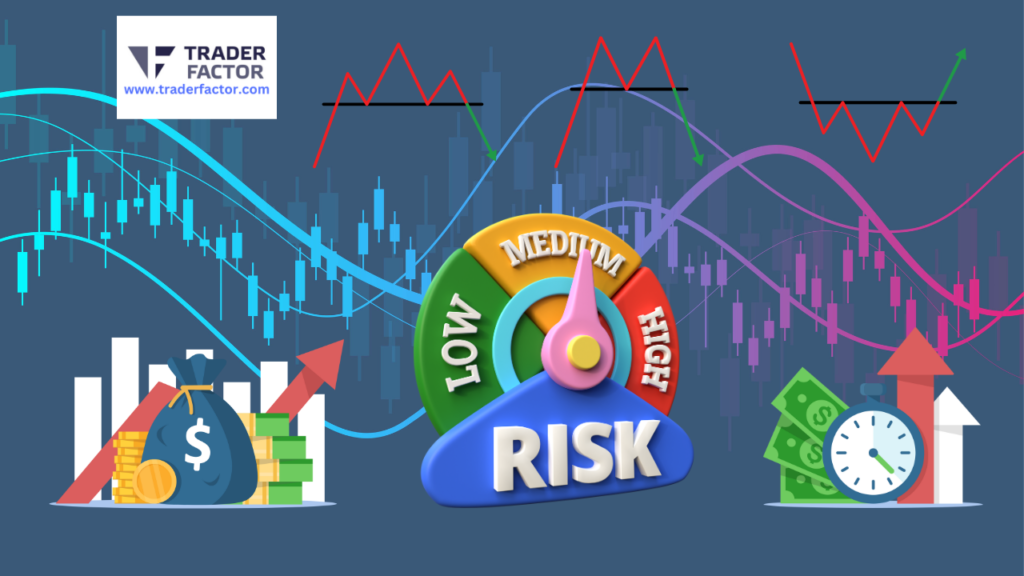
While strategizing your pip targets can amplify your forex trading profits, it’s crucial to be aware of the risks involved in chasing pip profits. Pip volatility, a key risk, refers to the fluctuating value of pips in the market. It’s unpredictable and can turn your calculated risks into significant losses.
Imagine you’ve placed a trade expecting the market to move 20 pips in your favor. But due to sudden market volatility, the market swings 40 pips against you. You’d not only lose potential profits but also your original trading capital.

The second risk revolves around margin implications. Your broker’s margin requirements determine how much capital you need to have in your account to open and maintain positions. If a trade doesn’t go as planned and your account balance falls below the margin requirement, you might face a dreaded margin call. This means you’d need to deposit more funds into your account or close your positions.
Risk management is as crucial as profit planning in forex trading. By understanding and preparing for pip volatility and margin implications, you can shield your trading account from potential losses while pursuing pip profits.
Conclusion
So, you’ve got the gist of pips and their significance in forex trading. How you calculate profit and set pip targets can make or break your strategy. But remember, there are risks involved. So, don’t get too caught up in the numbers. Find a balance that works for you, stay alert to market changes, and always be ready to adjust your approach. Forex trading is a game of skill, not chance. Be strategic, be patient, and profits will follow.
Disclaimer:
All information has been prepared by TraderFactor or partners. The information does not contain a record of TraderFactor or partner’s prices or an offer of or solicitation for a transaction in any financial instrument. No representation or warranty is given as to the accuracy or completeness of this information. Any material provided does not have regard to the specific investment objective and financial situation of any person who may read it. Past performance is not a reliable indicator of future performance.











